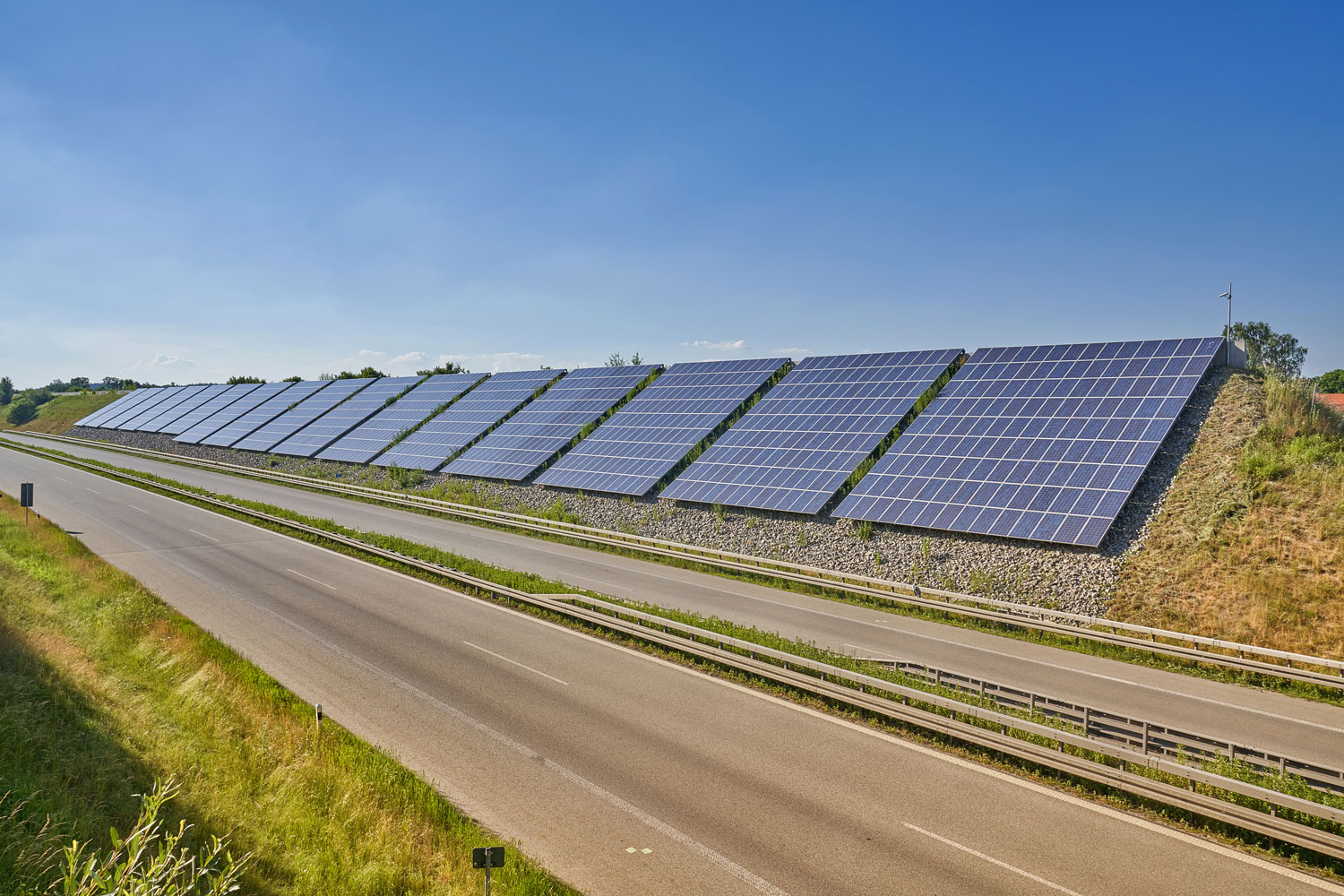Photovoltaic glare option: shaping the energy transition with IMMI

The main legal basis for expansion is the Renewable Energy Sources Act (EEG). An official set of rules for assessing photovoltaic glare, on the other hand, does not currently exist. However, general case law is based on the guidance provided by the Bund/Länder-Arbeitsgemeinschaft für Immissionsschutz LAI.
IMMI calculates glare - using astronomical formulas and taking refraction into account
IMMI provides the tools for calculating and assessing glare from photovoltaic installations in our photovoltaic library. Here, for every minute of the year during which the sun is above the horizon, it is checked for every solar module and for every immission point whether glare is present. The sun position is calculated to the minute, depending on the geographical position of the plant, using astronomical formulas. In this process - this is a unique feature of IMMI - the atmospheric refraction is taken into account, which leads to an apparent elevation of the sun by up to half a degree near the horizon.
Translated with DeepL

For each position of the sun (1-minute cycle), the reflection at each module is calculated. This calculated directional vector of reflection is applied to the observed receptor point and checked to see if it is inversely incident on the current module. If this is the case, glare is present. During this calculation, it is also checked whether the reflected beam hits an obstacle. This can be, for example, another solar module, a bush or a wall or a terrain edge. This also allows measures to be planned to reduce glare.
Translated with DeepL
Precise use of resources for glare reduction thanks to precise calculation
Detailed result lists for glare duration, glare days, minute glare times throughout the year, etc. are listed for each immission point. In addition, the number of glare minutes is recorded for each solar module examined. This allows critical modules that contribute significantly to glare to be identified. Based on the IMMI analysis, these can then be specifically provided with reflection-preventing coatings.
